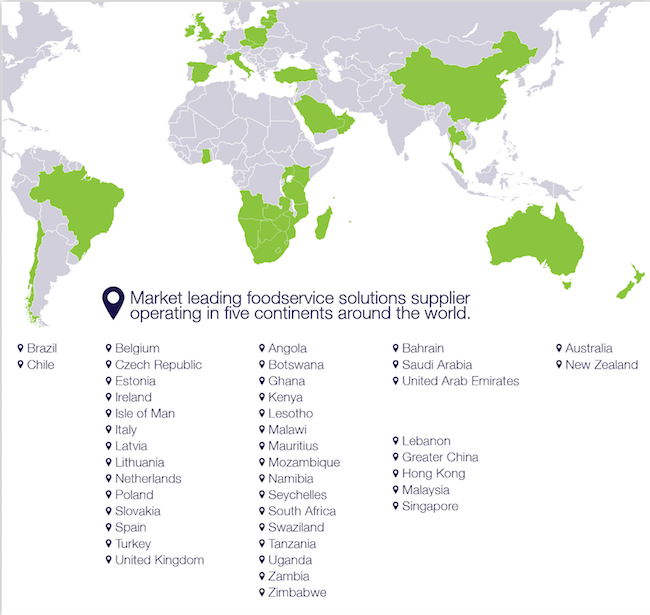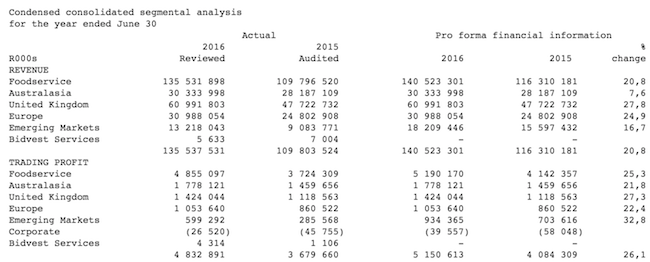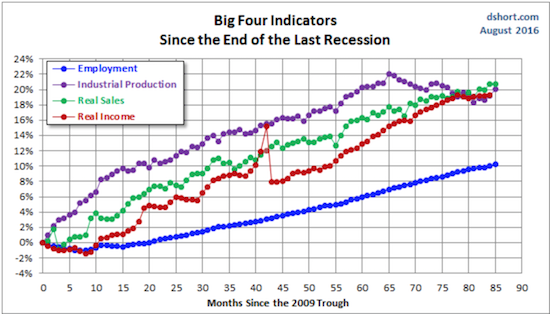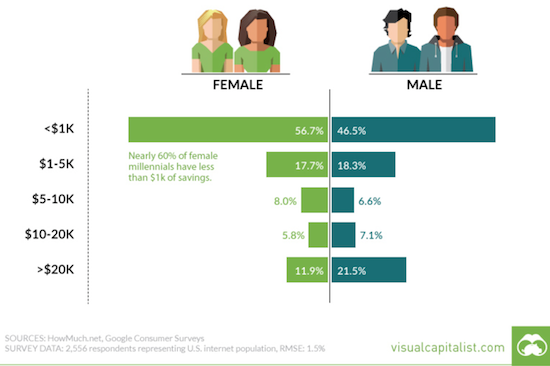"Their main operating area is Australasia, which contributes around 22% of the revenues but 35% of their profits. Next on the list is their UK business which is the bulk of revenues at 43% but 'only' 27% of the profits. It was interesting that they said one of their growth constraints in the UK was a lack of labour. Does that mean less and less people are willing to drive trucks and work in factories? Well done Brexit"
To market to market to buy a fat pig Yesterday was characterised by the selling of SA Inc. Banks were down 5%, retailers down 3% and financials done 2%. The All Share was up just over 1% though, which sounds weird the first time most people hear that. "We have some political head winds, the Rand has weakened but share prices in Johannesburg are up?". This is thanks to the large offshore profits from companies listed on the JSE, 20% of the index is Naspers (bulk of value sitting in Tencent) and SAB Miller (share price pegged in pounds).
I think yesterdays moves shows why owning stocks is a great asset class. They are relatively cheap to buy (certainly cheaper than a property), you are able to get your money out after 3 working days (3 months with a property if you are lucky) and you are able to get global diversification with relatively little fuss. Regular additions is what is important to maximise the returns on equities.
Company corner
Yesterday we had the maiden results from Bidcorp since their listing on the JSE. What makes looking at these results a bit tricky is that there are no comparative figures to work with, management have provided pro forma numbers based on the assumption that the current entity existed in its current format a year ago.
Here is a quick look at all the regions that Bidcorp operates in, as you can see they are a global company with North America the only major region missing.

Moving onto how those regions contribute to Revenue and profits:

Their main operating area is Australasia, which contributes around 22% of the revenues but 35% of their profits. Next on the list is their UK business which is the bulk of revenues at 43% but 'only' 27% of the profits. It was interesting that they said one of their growth constraints in the UK was a lack of labour. Does that mean less and less people are willing to drive trucks and work in factories? Well done Brexit. On to the Emerging Markets division, China is one of the countries they operate in where they are still growing a foothold. The division is still relatively small but has huge upside potential given the big shift in China towards more consumption.
Going forward the group is looking to focus on the higher margin, more specialised parts of their business, basically they want to get out of the very vanilla logistics business. Given that trading margins for the group is 3.7%, the low margin business must be really low margin. In these sort of highly competitive spaces, being able to keep costs under control is important, Bidvest / Bidcorp have shown in the past that they are skilled cost cutters.
Onto the numbers, their HEPS for the full year 2016 was R10.80 which puts them onto a P/E of 25. This is not cheap but not excessive especially if you consider that HEPS growth was 32% over the last year on a pro forma basis. Another reason that the stock trades at a premium is due to its defensive nature, until we can replace meals with a pill food supply it is going to be important. Also lets not forget about their global footprint, which adds good diversification to your personal portfolio.
Linkfest, lap it up
Bright found this article yesterday, it is about staying calm when things get bumpy in the stock market - Want to grow your money? Find yourself an air hostess. . .
Have a look at the recovery in the US economy since it bottomed out in March 2009 - The Big Four Economic Indicators. I looked at the numbers and saw relative strength as the overall theme, the author of the piece sees poor performance from the US economy. This is the basis of a market, different views and different time frames.

There are a number of reasons given for why savings rates are down, albeit improving since the great recession. The fact remains that not having savings leaves you exposed in unforeseen situations - Chart: Most Millennials Have Less Than $1,000 in Savings. I was surprised to see that females had poorer savings than their male counter part, research has shown that females are better with money than men. The survey was only conducted on 2 585 people and doesn't say if the demographics was proportional to that of the national numbers, so the data may be very skew.

Home again, home again, jiggety-jog. Our market is slightly in the red this morning and our Rand is looking stronger moving from $/R 14.20s closer to the $/R14.00 level. We had full year numbers from Woolies this morning that looked strong, the stock is up 3.3% and then an average looking trading statement from Discovery, there are many moving parts in there so we will have to wait until the 6th of September to see exactly what is going on.
Sent to you by Sasha, Michael and Byron on behalf of team Vestact.
Follow Sasha, Michael, Byron, Bright and Paul on Twitter
078 533 1063
No comments:
Post a Comment